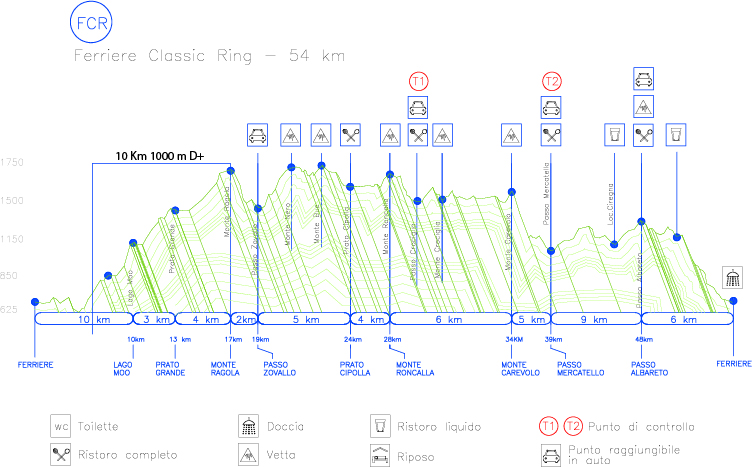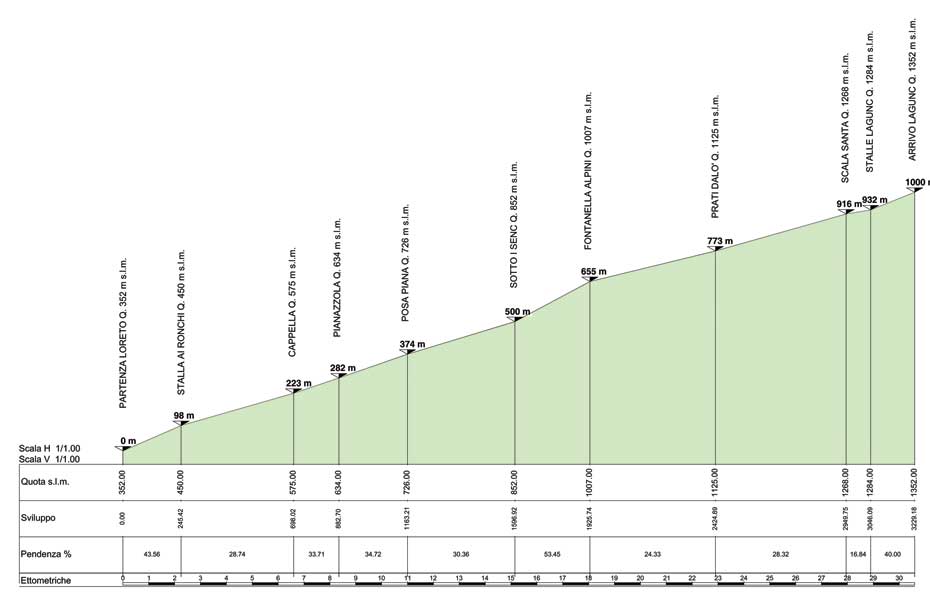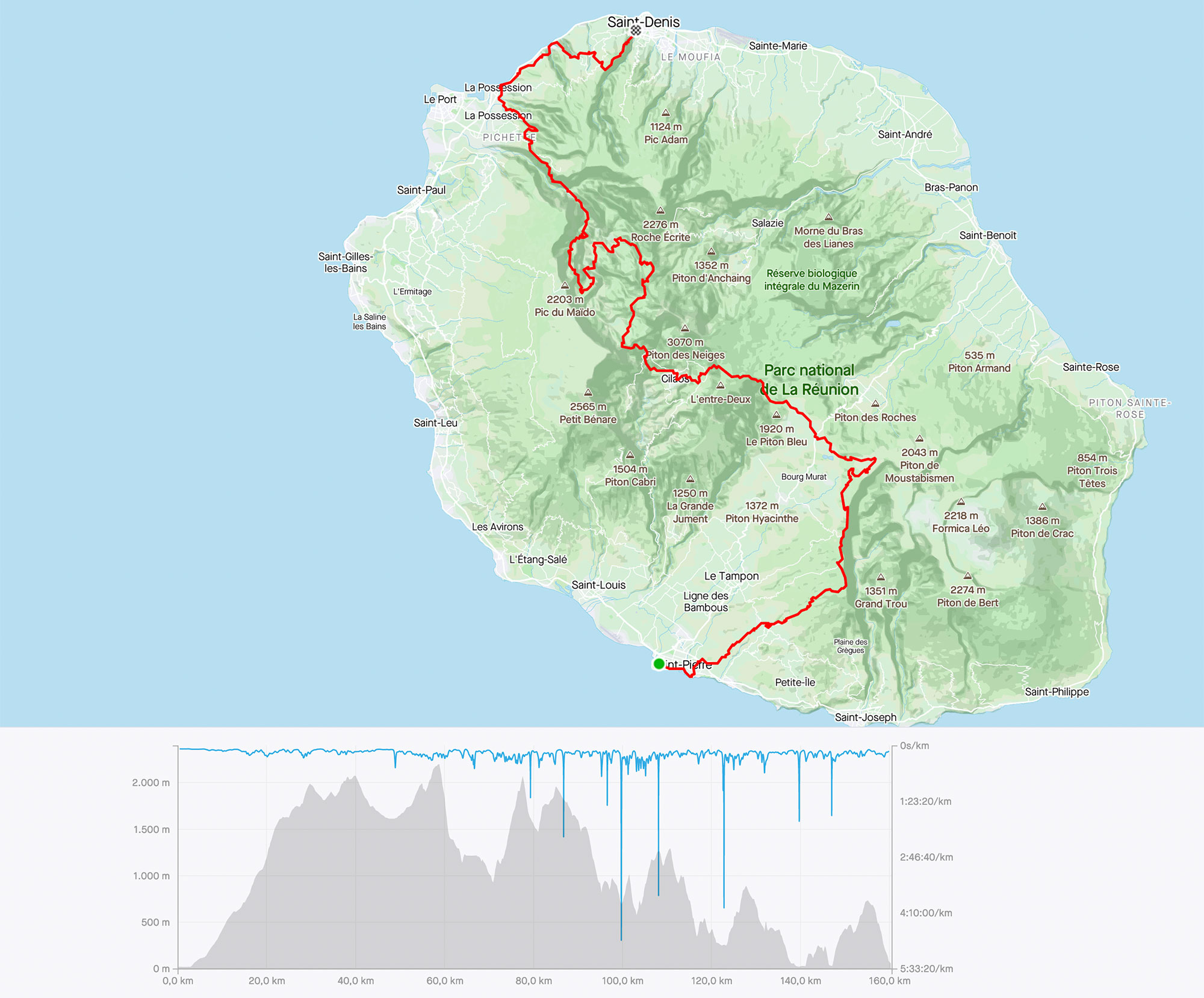After having covered more than 50,000 km on trails all over the world and having finished more than 110 ultratrail races in the last 15 years, I could probably, pretentiously, draw up a training plan with lots of tables for anyone who wants to know.
I would, however, be falling short of the founding principles of Wild Tee: everyone can and must find their own way to reconnect with nature, with their own nature. Therefore, we want you to enjoy the learning process and learn about yourself even in the most difficult situations. Often, the process is more interesting than the result.
Most people are only interested in the result and lose sight of the path necessary to reach the goal. Instead, it is along the way that one has the most enjoyable experiences.
Nevertheless, I would like to give you some basic principles to guide you on the path towards your goal.
THE TERRAIN
Trail running refers to running on trails in a natural environment.
The trail can be part of an infinite variety of environments which can be very different from each other. Think of races in high mountains with their rugged ascents and severe weather conditions, races in arid and sandy deserts, or races in wet and muddy jungles.
It is clear that the terrain on which we race has an effect on our running times.
On the road we all know how to calculate times and distances, but what about trails?
There is an approximation we can use to compare different trails: the equivalent kilometres.
For example: 60 km with 4000 m of positive altitude difference is equivalent to about 100 km.
That is, 4000 m D+ are equivalent to about 40 km, we must add to the kilometres the difference in altitude (in metres) divided by 100.
We can therefore give equal weight to different races and training sessions and begin to create references for ourselves.
Broadly speaking, we can classify routes according to their gradient:
-with a total gradient of less than 5% (30K 1500m D+) are runnable
-with a total gradient between 6% and 8% (40K 2800m D+) are demanding
-with a total gradient of over 9% (70K 6300m D+) are very demanding
Furthermore, it is essential to start thinking in terms of altitude difference and gradient, because not all ascents and descents were created equal.
In fact, 1000 metres of positive altitude difference in 10K (average gradient 10%) are mostly runnable.

Whereas 1000 metres of positive height gain in 3 km (average gradient 33.3%) are strenuous and even hiking becomes a struggle.

The steeper the slope, the more technical the terrain will be, due to the runoff caused by water flowing during the rains.
Carefully evaluate the altitude profile of your target race. A trail running race may have a low average gradient, but contain a very demanding climb for which you should be prepared, and we will shortly see how.
For example, the Diagonale des Fous in Reunion has more or less the same difference in altitude as the UTMB, with a course which is about 10km shorter, and yet the running times are 15% higher, as the course has 3 climbs with an average gradient between 16% and 21%.

THE HUMAN BODY AND US
The human body is better than a machine. Machines are designed to withstand up to a certain level of stress, then they break down. The human body adapts to everything (or almost everything), it just needs time to adapt to the strain. The limits reached by humans in critical conditions (cold, heat, distances, altitude) are very high and at first seem unreachable from our comfort zone. But with time and progression they can be approached.
TRAINING PLANNING
Where to start?
From your current state and your objective.
A fundamental prerequisite is motivation. You must want to reach your goal. This will motivate you to overcome your current limits and you will realise that they weren’t so unattainable. I shan’t dwell too much on the importance of the mental aspect of running because that will be the subject of the post on race management.
But let's set a few reference points, in between which you will have to learn about yourself and how far you can push yourself.
At the end you will find a simple spreadsheet where you can do a simulation with your data.
PROGRESSION
Plan your workouts based on the kilometres and altitude difference you have covered the previous week and assume a progression of 10% for 3 weeks, then a cross-training week before resuming with a weekly 10% increase. This will give your body time to adapt to increasing effort.
At this stage, it is very important to learn how to interpret the signals of our body and brain. The latter tries to preserve the status quo of energy reserves and will continue to send you warning signals as you progress in your training. You must learn to converse with this part of your brain and explain to it, politely, that everything is under control, that it is right and natural to move under your own steam. Years of comfort have weakened our natural inclination to do so and we must rewire our control system.
On the other hand, you must also learn to recognise the signals your body sends you. As stated earlier, our body needs time to adapt but it must also be forced to do so. It is important, however, that if you have persistent pain and/or tendon pain, you know how to recognise it and slow down or stop. It is better to stop now and have the problem recede in a short time than to go ahead and needing a long time to solve it.
THE LONG RUN
Plan a long training run (or approach race) that is about 70% of the distance and altitude difference of your target race 4 weeks before the race.
NOTE: this applies especially to races of less than 160/170 kilometres, above which other components such as the ability to manage sleep deprivation become predominant (see posts on PTL and Euphoria)
I cannot overstate the importance of this point: it is necessary to imagine and visualise the race in all its details: starting time, temperature, humidity, weather, refreshments, terrain, climbs, descents, arrival time, obligatory equipment and necessary gear, nutrition. The more unique the race, the more interesting this research is. This will help you anticipate most of the difficulties you will encounter. Look for a place with the most similar terrain and conditions possible, with at least one climb and one descent comparable to the hardest in the race which you will have identified by studying the elevation profile and reading race reports.
Try to do it with the same equipment and apparel that you plan to use in the race; every single item must be tested in critical conditions. Test your nutrition and hydration, you need to know how your body will handle heat, cold, during night or day and after racing for so many hours.
THE MIND FACTOR
The greater the distance and elevation change, the more important the mental component becomes over the physical one. To increase our probability of success, we must learn to train our brains as well.
Plan to do 100 per cent of the distance and altitude difference of your target race over a period of 7 days, about 4 weeks before.
This will allow you to reflect on your total effort and set a reference point in your head. You will know that your body is capable of performing the task you are going to face; afterwards you will just have to manage to do it in one go, but knowing that you can do it is already a very important reference point.
THE UNKNOWN ELEMENT
Trail and ultra distances are not an exact science. No matter how much you train, there will always be something that goes wrong. We can never be prepared enough, we must prepare for the worst.
Being aware that we know how to deal with a given difficulty will bolster in our heads the experience that we’ll need when it arises again.
We must train ourselves to solve problems by actively seeking them.
Invent at least one #cazzomannaggia training each month to also train your head to get out of your comfort zone.
By this term we mean all experiences which fall outside of preconceived schemes. The ones that push you to face your fears and go a little further than expected.
GOAL
What is the real goal?
To be satisfied with yourself, which, in most cases, equates to doing your best in a particular situation.
Perfection in real life does not exist. It is very difficult to train, feed and rest at your best with a full-time job and have to take care of your loved ones and family.
What will satisfy you is to be able to do well in all conditions. This is a skill that will be very useful in long races where, after many racing hours, you need to reset and start almost from scratch.
Here you will find a simple spreadsheet to download with an example where you can perform a simulation with your starting data: simulation template.
You must fill in the blanks!
MAKE FRIENDS WITH HARD WORK AND CULTIVATE PATIENCE.
USER QUESTIONS:
I live in a flat area, how can I train?
Every little helps: go grocery shopping on foot and with your rucksack. Take as many stairs as you can, compete with lifts. The treadmill also counts: we cover this aspect in a specific post on our blog. Go everywhere running. Use every opportunity to test your endurance level.



